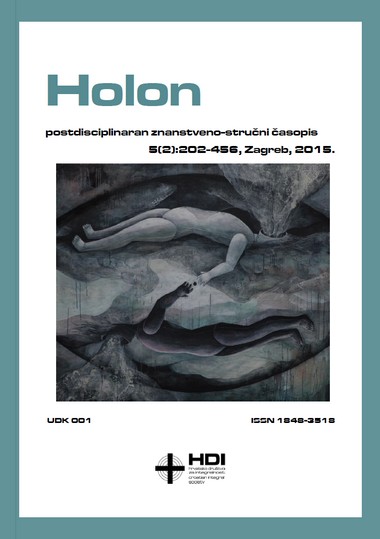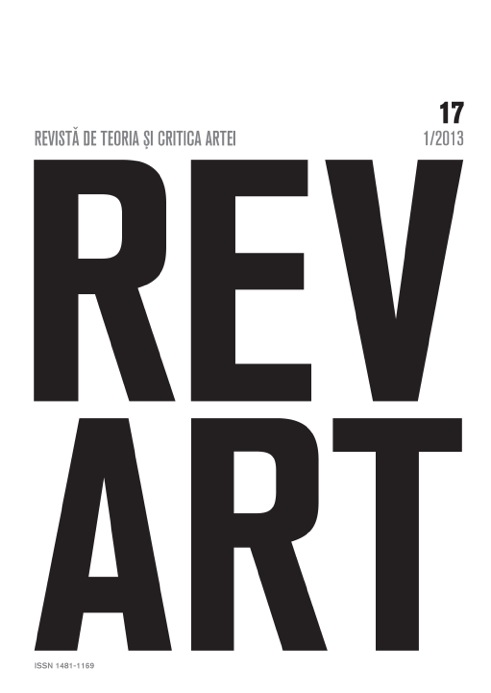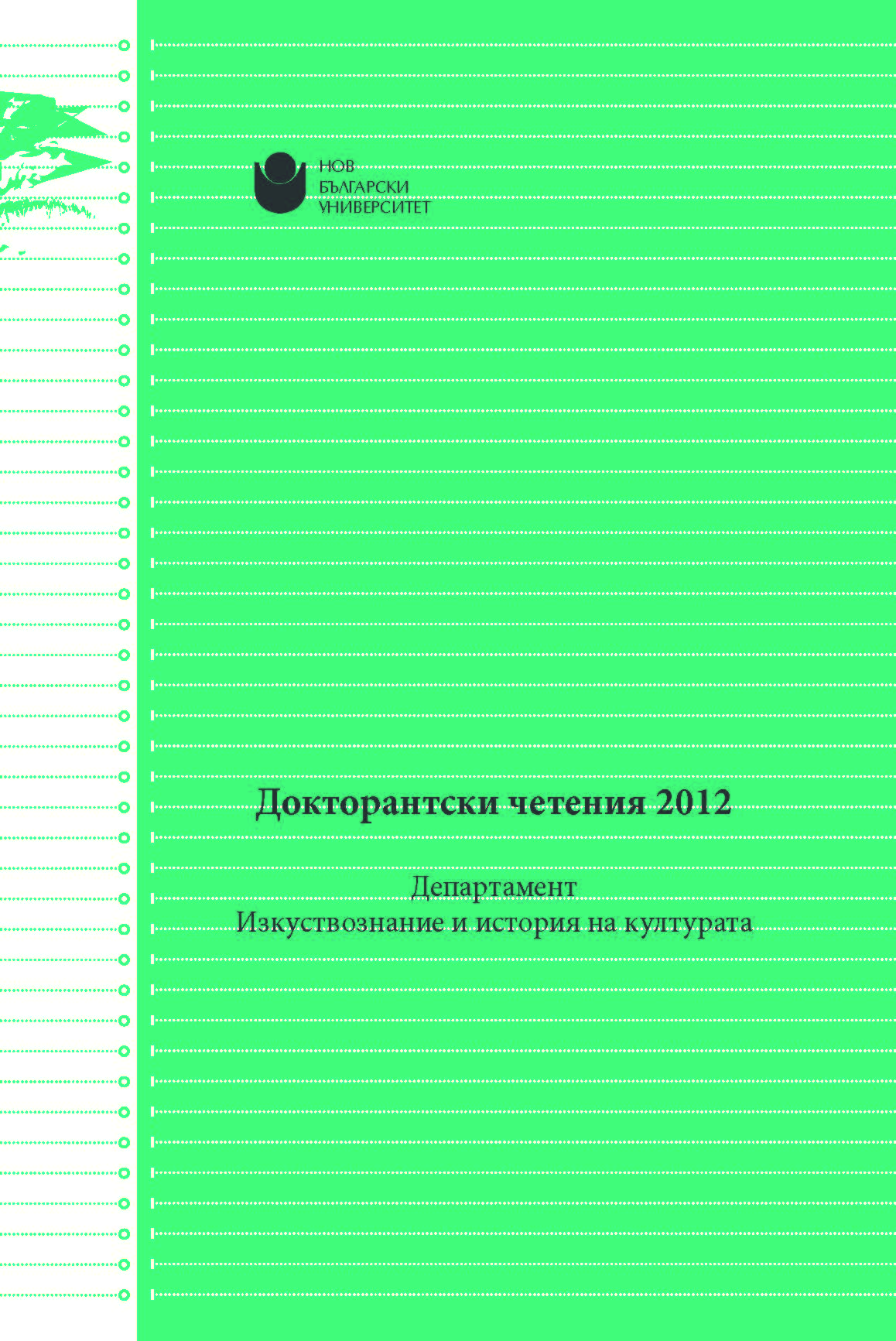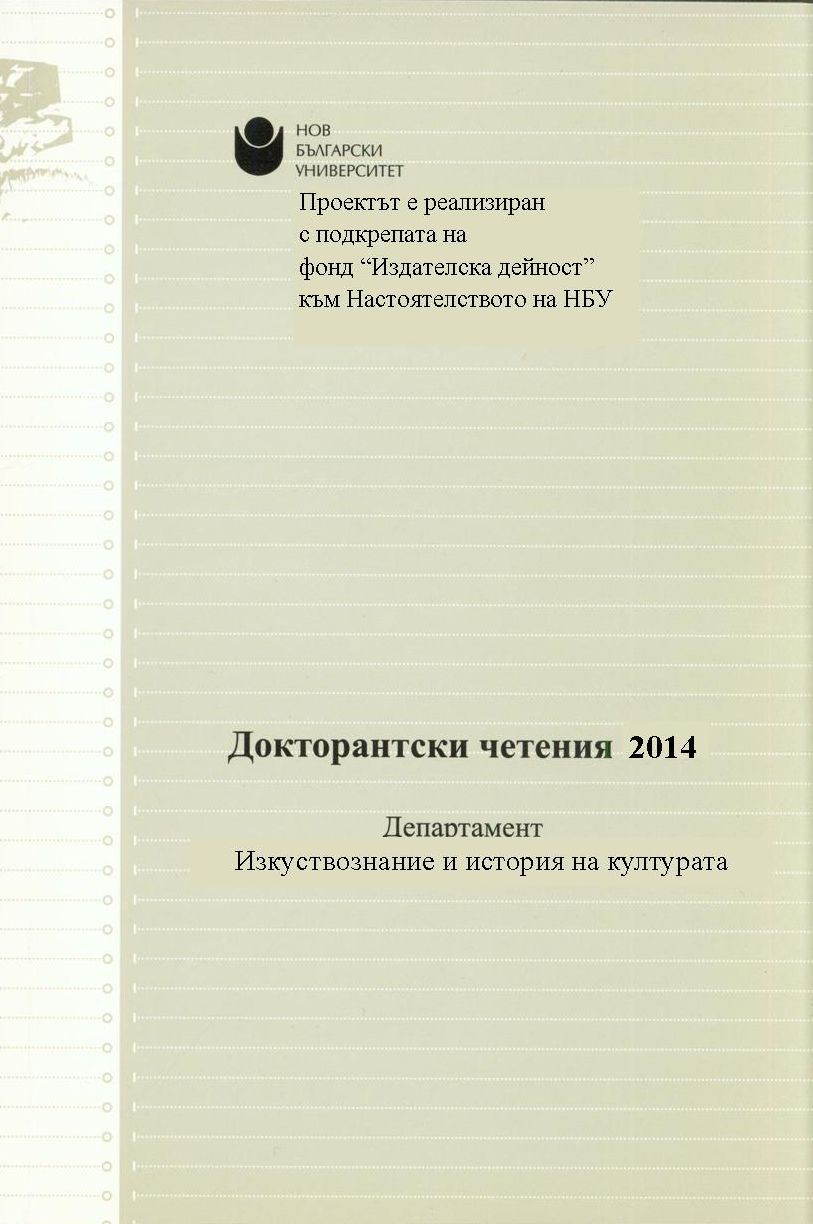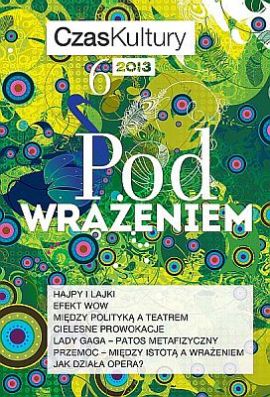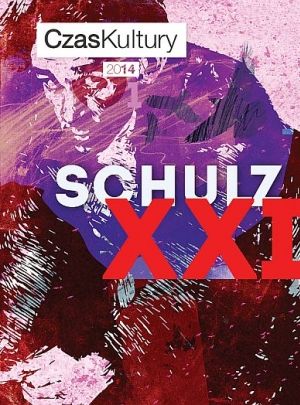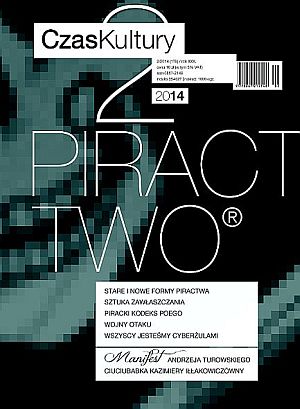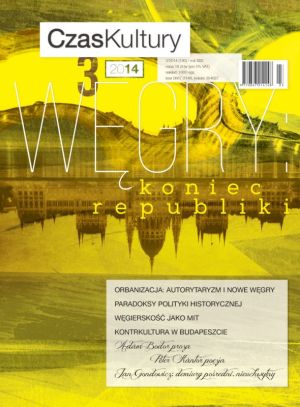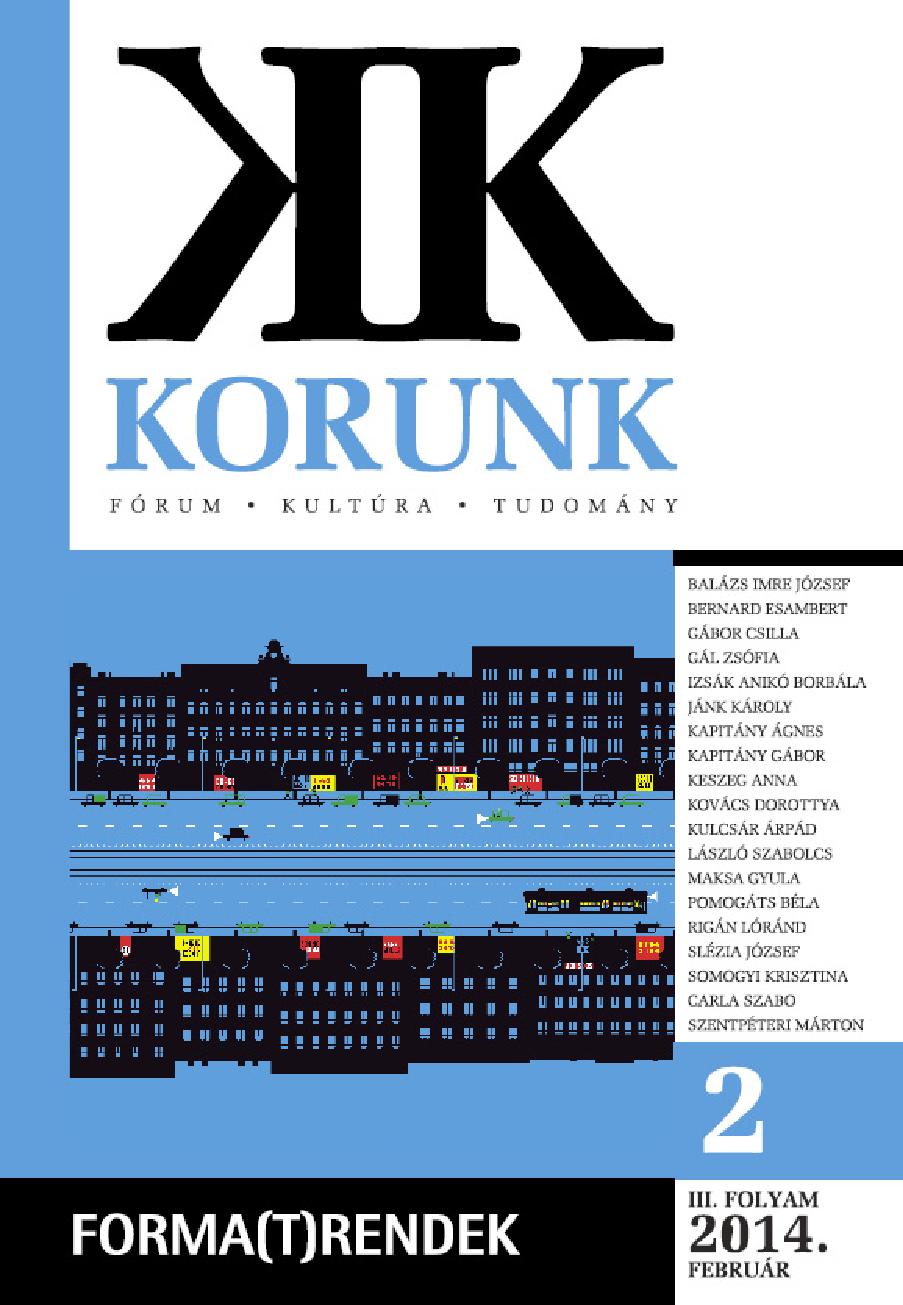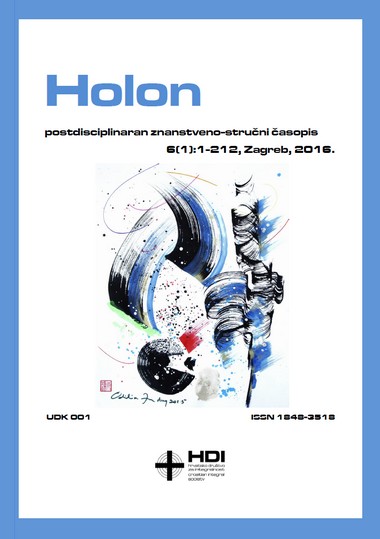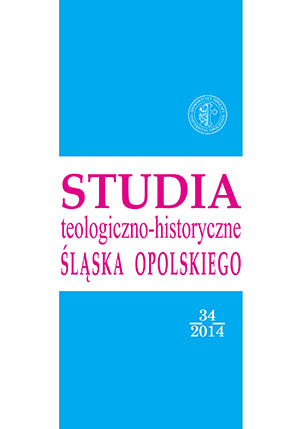
Przedstawienia Komunii św. Onufrego w zachodnioruskim malarstwie ikonowym
The representations of St. Onuphrius’ communion in west Russian icon painting became popular in 17th and 18th century. This subject has its source in life of the saint. The comparison with the other representations of communion in art shows that the representations drew on both: Latin and Greek tradition of painting. St. Onuphrius communion is an excellent example of combination of western and eastern culture – their iconography, spirituality and trends. Borderland is a place where many different influences and inspirations merge and coexist. The representation of St. Onuphrius’ communion is one of the best proofs of this interaction. Il. 1. Komunia św. Onufrego Wielkiego, ikona z cerkwi św. Paraskewy Tyrnowskiej, Zawadka, I ćw. XVIII w., Muzeum Historyczne w Sanoku; R. BISKUPSKI, Ikony w zbiorach polskich, Warszawa 1991, il. 127. Il. 2. Komunia św. Onufrego, cerkiew Ofiarowania Pańskiego, Michniwka, 1717, Wołyńskie Muzeum Krajoznawcze; S. KOT, Volyn Icons XVIth-XVIIIth centuries, Kyiv – Lutsk 1998, il. 27. Il. 3. Św. Onufry, diecezja przemyska, II poł. XVIII w., Muzeum Budownictwa Ludowego w Sanoku Under Your Protection… 15th-18th century icons from the Polish Carpathians, bmw. 2005, s. 98. Il. 4. Komunia św. Onufrego (fragment), ikona ze Stryja, poł. XVIII w., kolekcja ks. Rostysłava Hładiaka, Lwów; Ks. M. JANOCHA, Niektóre aspekty ikonografii unickiej na terenie Rzeczpospolitej, w: R.
More...
